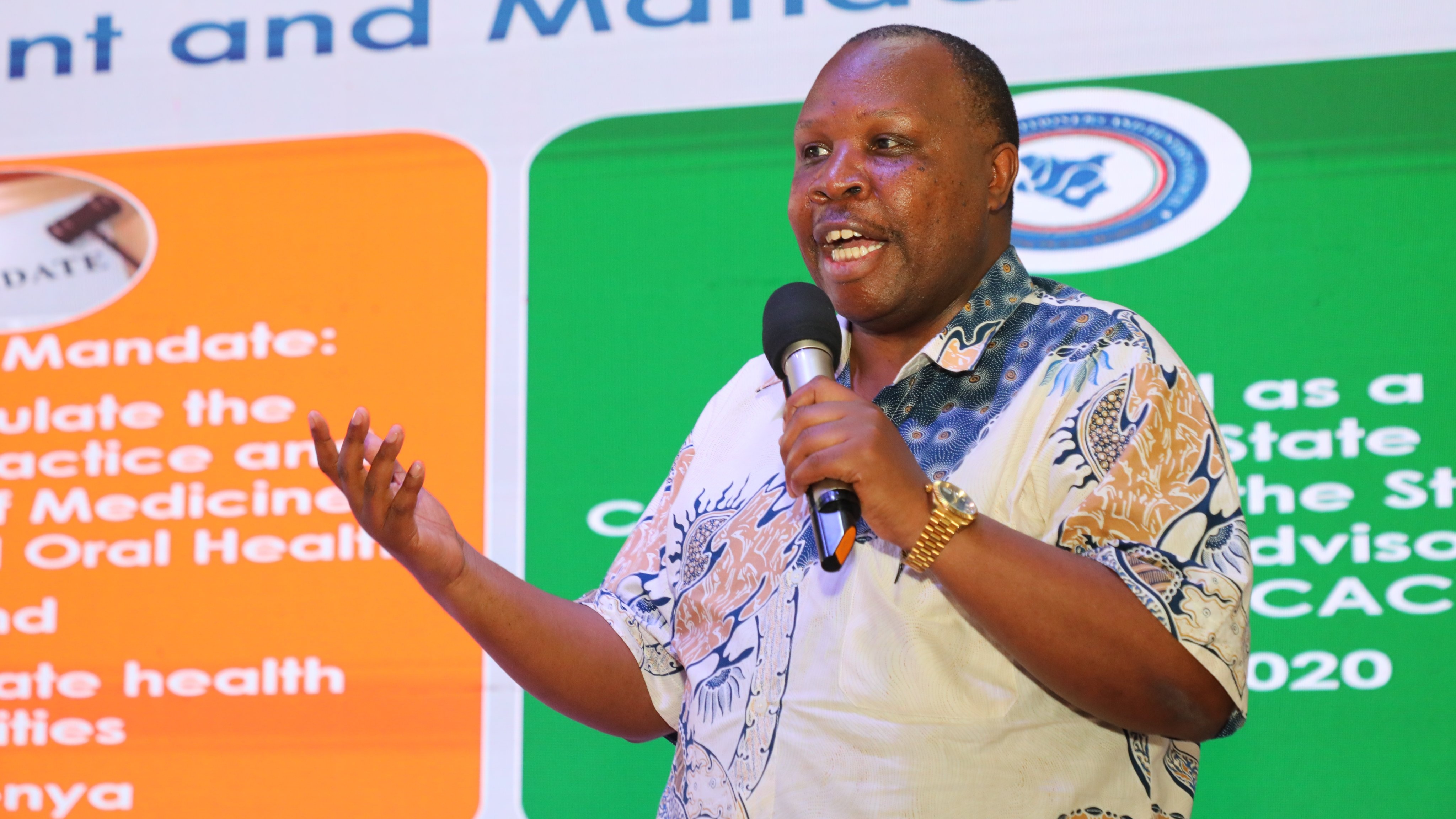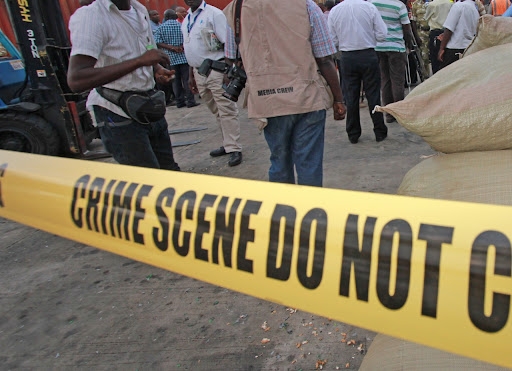 KMPDC CEO Dr. David G. Kariuki.
KMPDC CEO Dr. David G. Kariuki.
At least 728 bogus health facilities have been shut down by the Kenya Medical Practitioners and Dentists Council (KMPDC).
The regulator said it also downgraded 267 more in a crackdown in five counties aimed at enforcing patient safety and regulatory compliance.
KMPDC CEO Dr David Kariuki said most inspected facilities (51 per cent) lacked critical
infrastructure such as pharmacy, maternity, or lab space; others had poor
sanitation or unregistered staff, issues that trigger closures or downgrades.
“Our primary duty is to protect patients,” he said. “We will continue to enforce these regulations firmly and fairly, so that every Kenyan receives the quality healthcare they deserve.”
The council inspected 1,983 facilities were in Mandera, Nairobi, Wajir, Kisii, and Nyamira.
Nairobi recorded the highest number of closures: 394 out of 1,017 facilities were shut down , a closure rate of 38.7 per cent, while 2.3 per cent were downgraded. Kisii followed with 41.2 per cent (120) of its 291 facilities closed and 21.6 per cent (63) downgraded.
Wajir saw 77 (32.2 per cent) closures and a striking 47.7 per cent (114 facilities) downgrade rate from 239 inspections, the highest downgrade percentage among all counties.
In Mandera, 21.6 per cent of the 269 inspected facilities were closed and 22.3 per cent downgraded. Nyamira, with only 167 facilities inspected, had a high 47.3 per cent closure rate and 24.6 per cent downgraded—meaning over 70 per cent were non-compliant.
The main reasons cited for closure or downgrade included the absence of critical infrastructure such as pharmacies and maternity wings, poor sanitation, and the employment of unqualified medical personnel.
These findings reflect deep systemic gaps in healthcare provision and underline the urgency of stronger enforcement and support mechanisms.
KMPDC, in a statement, warned that “any person practising as
a medical or dental practitioner without being duly registered and licensed by
KMPDC commits an offence, punishable by fines up to Sh5 million, up to five
years in prison, or both."
Those managing facilities that employ unlicensed staff face even steeper sanctions: “Any person in charge of a health institution who employs or engages an unregistered or unlicensed medical practitioner, dentist, or community oral health practitioner commits an offence, and may be fined up to Sh10 million, imprisoned for up to five years, or both.”
Kariuki added: “Some facilities had unregistered medical personnel working which poses a serious risk to patient safety and undermines the credibility of healthcare services.”
The statement also focused on foreign practitioners, noting that they should only practice in the location indicated on their license, and that health institutions must inform KMPDC before hiring foreign staff .
He urged the public to help by reporting any unregistered or unlicensed practitioner currently working in nearby health facility.
Kenya’s actions align with global efforts to clamp down on
unlicensed and unsafe healthcare.
The World Health Organization highlights that substandard or falsified medicines—often found in unregulated clinics—fuel antimicrobial resistance, threatening public health on a massive scale . In rural India, studies show that informal providers can offer better care after structured training, stressing the point that training and certification improve outcomes .











